Latest cold air news: According to the National Center for Hydro-Meteorological Forecasting, currently (February 5), in the North there is a strong cold air mass moving south.
It is forecasted that around February 7-8 (Friday and Saturday this week), a very strong cold spell will affect our country's weather, causing severe cold throughout the North, North Central region, and frost in mountainous areas.
Latest cold air news
According to the National Center for Hydro-Meteorological Forecasting, around early morning and early morning of February 7, this cold air mass will affect the Northeast region, then affect the Northwest, North Central, Central Central and some places in the South Central. Northeast winds inland will strengthen to level 3, coastal areas to level 3-4, with gusts of level 6 in some places.
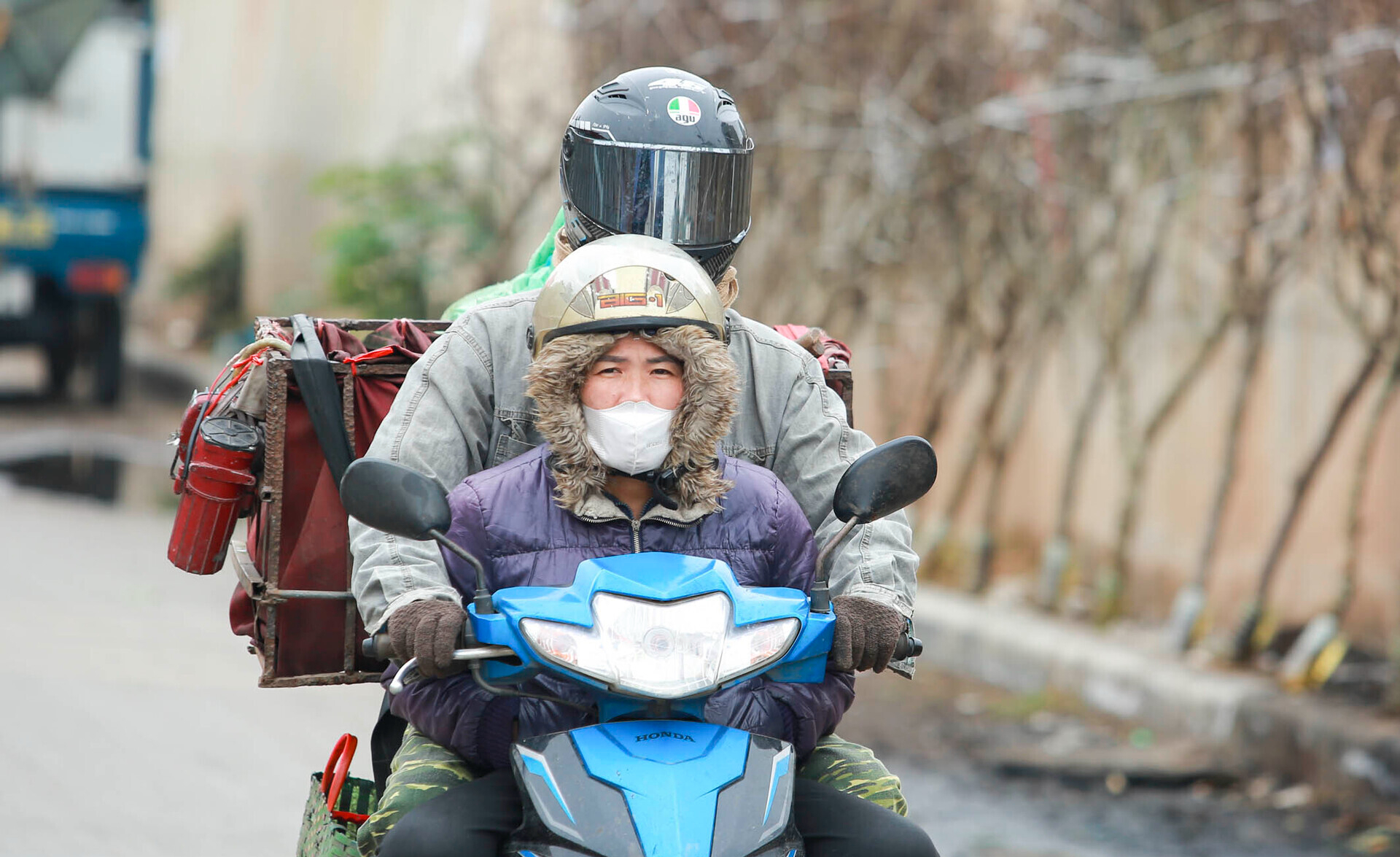
Latest cold air news: Another very strong cold air wave, the North is immersed in cold weather this weekend, Hanoi drops below 10 degrees Celsius? Photo: Cong Luan Newspaper
In the North, from the afternoon of February 7, the weather will turn cold and freezing; from the night of February 7, the North Central region will turn cold, and the area from Quang Binh to Hue will turn cold. The lowest temperature during this cold air mass in the North will generally be 9-12 degrees Celsius, in mountainous areas 5-8 degrees Celsius, and in high mountainous areas below 2 degrees Celsius; in the North Central region, it will be 11-14 degrees Celsius, and in Quang Binh to Hue, it will be 14-16 degrees Celsius.
Hanoi area: from the night of February 7, the weather will turn very cold, with some places experiencing severe cold. The lowest temperature in this cold air mass is commonly 10-12 degrees.
From February 7, in the Gulf of Tonkin, the Northeast wind is strong at level 6, sometimes level 7, gusting to level 8-9, rough seas, waves 2.0-3.0m high; in the North East Sea (including the waters of Hoang Sa archipelago), the Northeast wind is strong at level 6, then increasing to level 7, gusting to level 9, rough seas, waves 3.0-5.5m high.
From the afternoon of February 7, the sea area from Quang Tri to Ca Mau, the area between the East Sea and the western sea area of the South East Sea (including the sea area west of Truong Sa archipelago) will have northeast winds gradually increasing to level 6, sometimes level 7, gusting to level 8-9, rough seas, waves 3.0-5.0m high.
Welcoming extremely cold air, the temperature in Hanoi drops very low over the last two days of the week
It is forecasted that over the weekend, when a very strong cold front takes effect, the lowest temperature in Hanoi will drop very low.
The widespread cold spell in the North and North Central provinces is likely to last until around February 10. Due to the influence of the strengthening cold air combined with the strong current in the upper westerly wind zone from the night of February 6 to the morning of February 8, the North and Thanh Hoa regions will have scattered rain; from February 7-9, the area from Nghe An to Khanh Hoa will have rain, showers, locally heavy rain and thunderstorms.
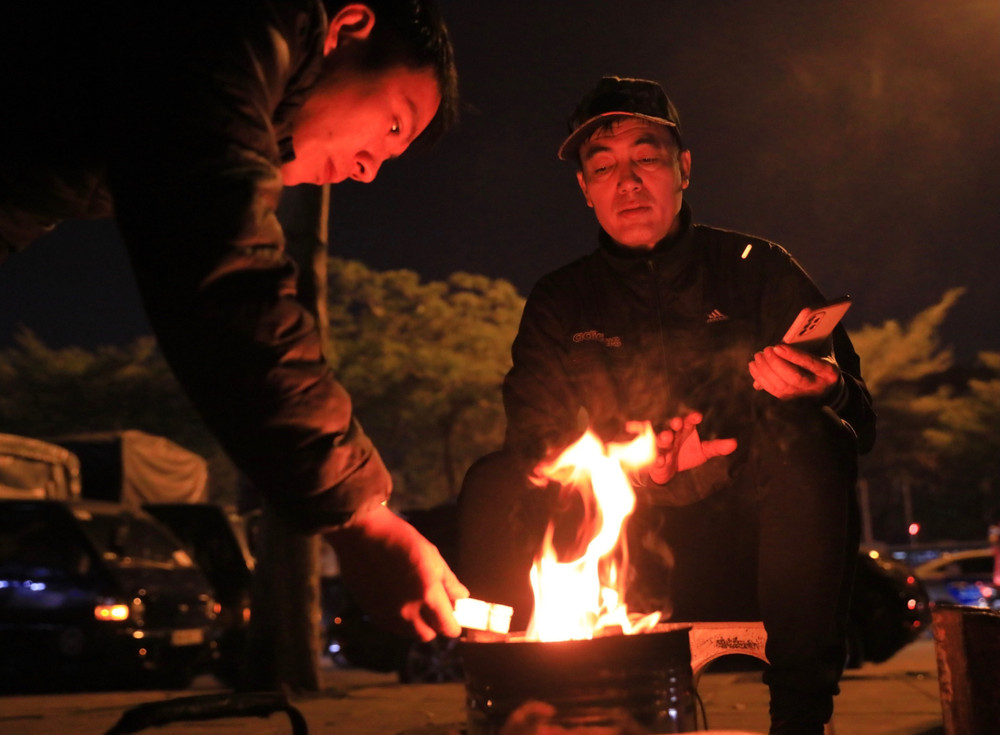
Welcoming extremely cold air, the temperature in Hanoi dropped very low over the last two days of the week. Photo: Vietnam+
The mountainous areas of the North are likely to experience snow and ice. Thunderstorms are likely to include tornadoes, lightning and strong gusts of wind. Thunderstorms accompanied by tornadoes, lightning and strong gusts of wind can affect agricultural production, cause trees to fall, damage houses, traffic works and infrastructure.
Localized heavy rains may cause flooding in low-lying areas; flash floods in small rivers and streams; landslides on steep slopes. Strong winds and large waves at sea may affect the operation of ships and other activities.
Severe cold, frost, snow and ice can affect livestock and poultry; greatly affecting the growth and development of crops.
The National Center for Hydro-Meteorological Forecasting said that in February 2025, cold air will continue to affect our country's weather with a higher frequency than the average of many years, especially in the second half of the month, causing many days of severe cold in the North, Thanh Hoa, and Nghe An.
Previously, in January 2025, our country welcomed 3 cold air waves on January 9, January 14 and January 26. Of which, the cold air wave on January 26 caused widespread cold in the Northern and North Central regions, with snowfall in some places in Ha Giang and Lao Cai.
The lowest temperature in this cold air mass in the North and North Central regions is generally below 10 degrees, in some mountainous areas below 5 degrees such as Mau Son (Lang Son) 2 degrees, Pha Din (Dien Bien) 2 degrees, SaPa (Lao Cai) 2.2 degrees, Dong Van (Ha Giang) 3.3 degrees, Tam Dao (Vinh Phuc) 4.1 degrees.
Source: https://danviet.vn/hot-khong-khi-lanh-moi-nhat-lai-don-them-1-dot-khong-khi-lanh-sieu-manh-ha-noi-xuong-duoi-10-do-c-20250205101957528.htm





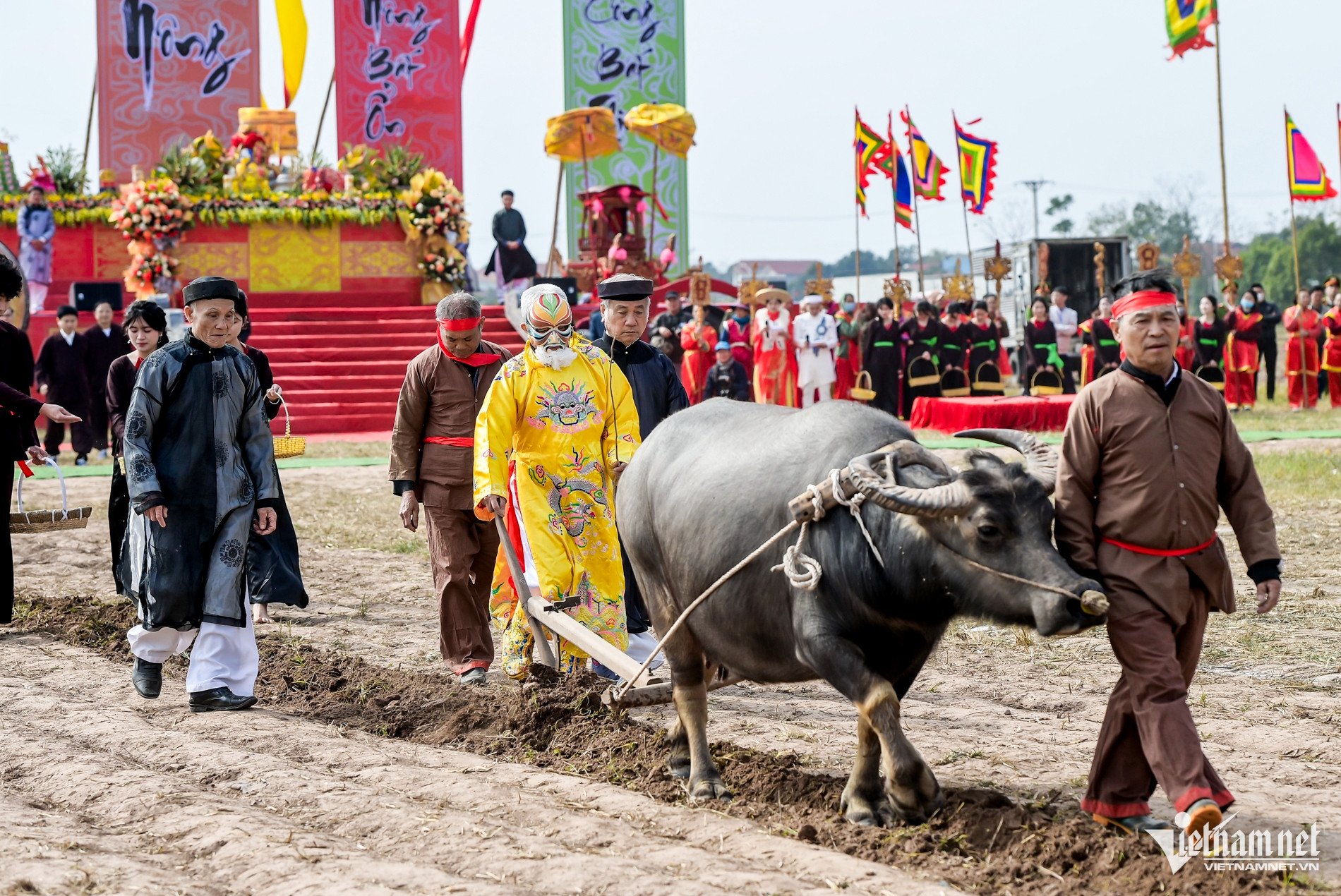
















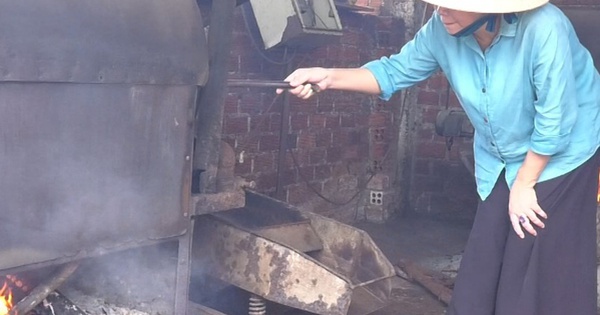
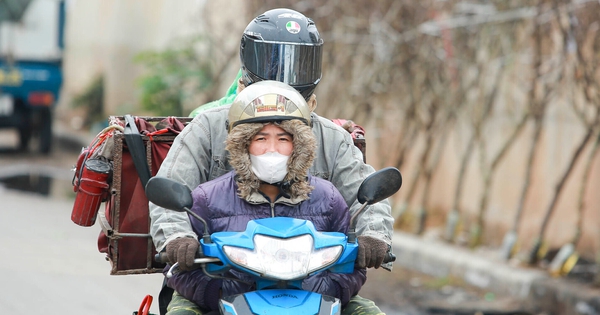




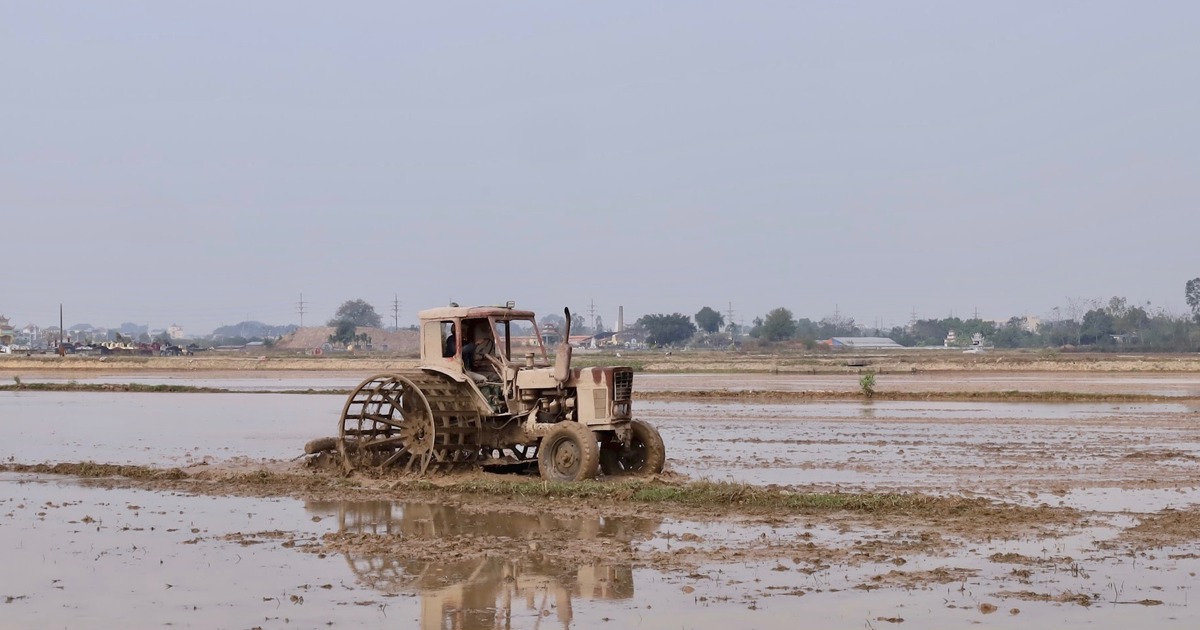


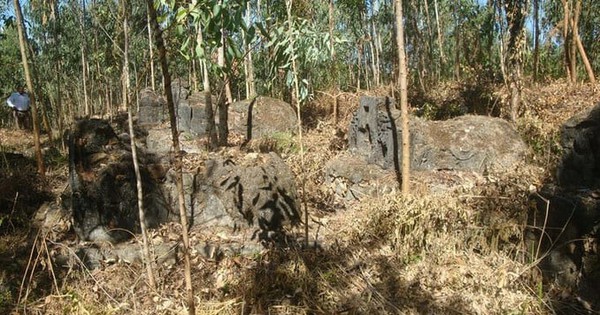

















Comment (0)